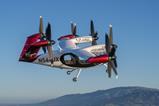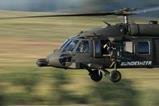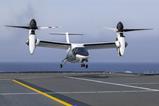Norwegian investigators have confirmed that the fatal 28 February accident involving a Sikorsky S-92 off the coast of Norway was not a controlled ditching.
In its latest update into the incident, in which one person died, the Norwegian Safety Investigation Authority (NSIA) says the event appears to have been uncontrolled.
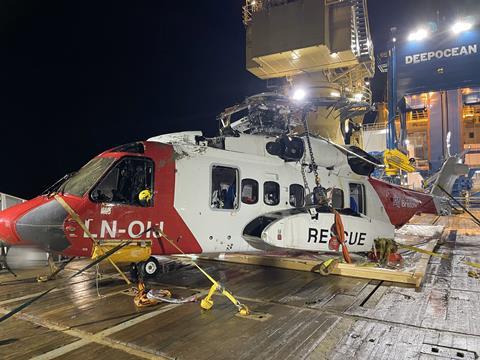
“Although the accident appears to have had limited energy when it collided with the sea, it cannot be described as a controlled emergency landing,” it says.
However, the NSIA has not commented further on the causes of the crash, other than to note that so far “no significant findings have been affecting immediate aviation safety”.
In addition, the agency continues to analyse why the S-92’s emergency floats did not automatically deploy.
Although the NSIA says the floats were armed, their activation was “not automatically triggered by impact with the sea”.
It suggests that as the floats are designed for a controlled emergency landing, the helicopter’s relatively higher speed may have been a factor.
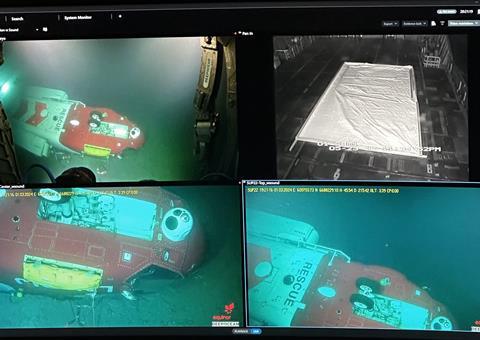
“That the floats were not released may be because the situation that arose was outside the system’s limitations,” it says. “The [NSIA] cannot thus far say that there is a technical fault with the floats.”
One of the S-92’s six occupants died in the incident when the helicopter came down around 15nm (28km) west of Bergen following a night training flight.
Wreckage of the search and rescue-roled helicopter (LN-OIJ), operated by Bristow Norway on contract to Equinor, was subsequently recovered from the seabed at a depth of 220m (720ft) by investigators.























